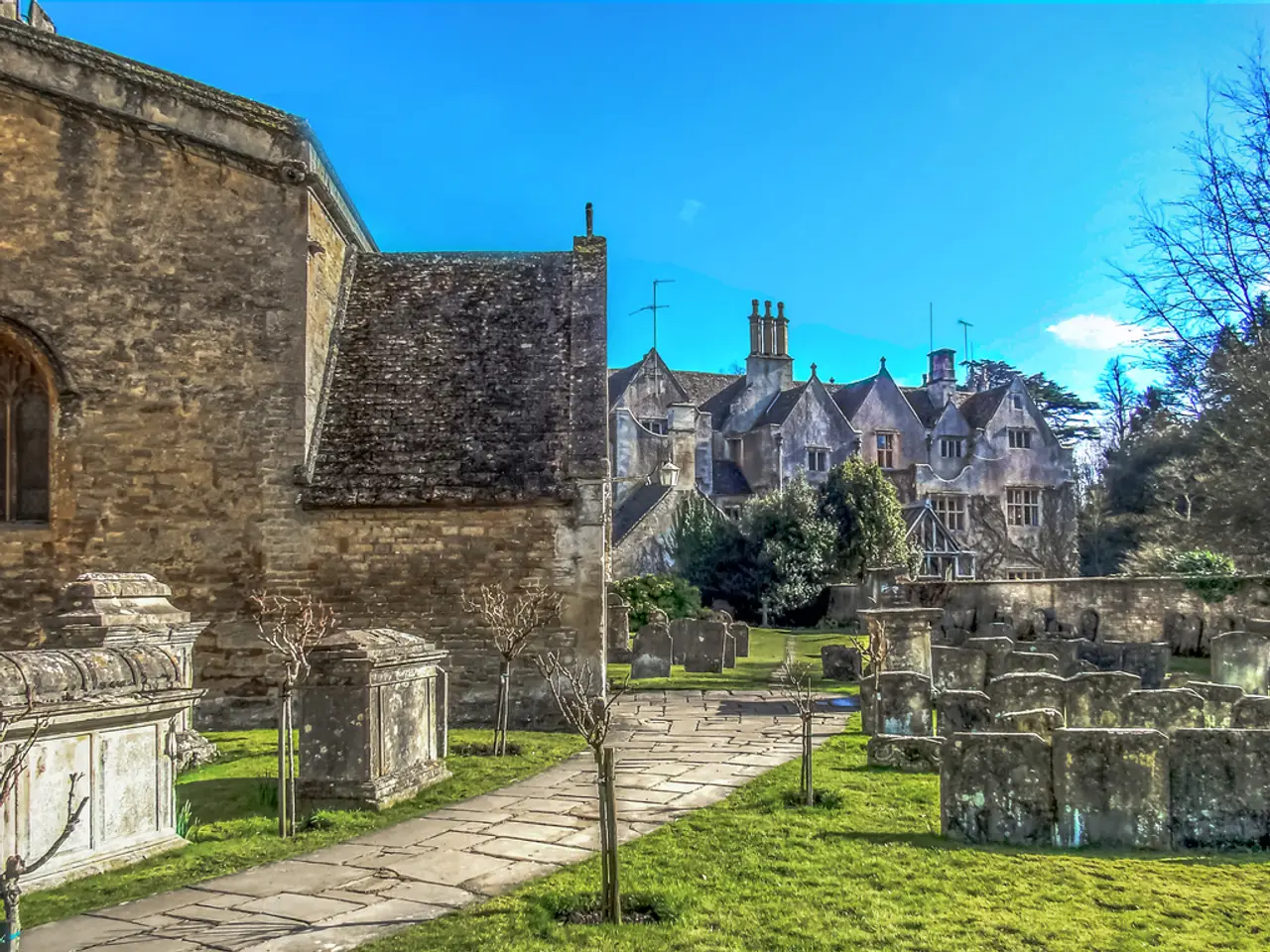Strategies for City Gardening: 8 Essential Techniques for a Captivating Urban Garden
Living in an urban environment doesn't mean you have to miss out on the joy of gardening. With innovative methods like Square Foot Gardening, container gardening, and vertical gardening, you can create a thriving green oasis in even the smallest of spaces.
Square Foot Gardening
Conceived by retired engineer Mel Bartholomew, Square Foot Gardening is a more efficient method for vegetable cultivation. This simple yet effective approach involves dividing a small garden bed into a grid of 1-foot squares, with each square used for a specific plant based on its size. The updated method of using a raised bed filled with soilless mix makes it particularly suitable for first-time gardeners. By maximizing production from a small space, Square Foot Gardening is ideal for gardeners with limited space.
Container Gardening
Container gardening is another excellent option for urban dwellers with limited outdoor space. Container plants can include a variety of species such as bougainvillaea, geranium, mogra, ixora, peace lily, dianthus, and even vegetables like herbs, tomatoes, and chiles. Window sill gardens are a great space-saving option for those without large outdoor gardening space or open balconies. Hanging planters are on-trend and perfect for compact living spaces because they don't take up any floor or surface space.
Choosing the Right Plants
To create a thriving small urban garden, it's essential to consider key factors such as soil conditions, light availability, plant size and spread, and maintenance requirements. Use soil that suits your chosen plants. Many urban garden plants thrive in well-drained, slightly sandy soil. Assess the light available in your garden space, as plants have varying light needs. Choose compact or container-appropriate varieties to fit your space, and opt for plants matching your willingness for care.
Vertical Gardening
Vertical gardening can be used for privacy screening, indoor brightening, or outdoor wall prettification. Plants like rhoeo, spider plant, fern, agloenema lipstick plant, syngonium, peace lily, and money plant work well in vertical gardens.
Urban Gardens
Urban gardens can be versatile, including balcony and rooftop gardens. Soil fertility can be improved by adding organic matter like manure or garden compost. Maintenance in an urban garden will not be too intensive based on its size alone. By aligning plant choice with your garden’s soil, light, available space, and care preferences, you can create a thriving small urban garden tailored to your environment and lifestyle.
Additional Tips
Mixing shrubs and perennials for structure and seasonal interest, avoiding narrow beds by creating deeper planting areas for better visual impact and plant health, and strategically placing seating areas to maximize garden feel and usability are additional tips for small urban gardens. A garden shelf is a lovely way to display the results of a green thumb and can significantly increase the amount of space available for plants.
Remember, it's important to research the growth habits and maintenance requirements of plants before making a decision. With these tips in mind, you're well on your way to creating a beautiful and productive urban garden. Happy gardening!
[1] Gardening Know How [2] The Spruce [3] Urban Farm U [4] Garden Myths [5] The Old Farmer's Almanac
- A beginners' guide to Square Foot Gardening suggests using a raised bed filled with soilless mix, making it easier for urban dwellers to cultivate vegetables efficiently.
- Container gardening is a viable option for those with minimal outdoor space, as it accommodates various plant species like bougainvillaea and even herbs, tomatoes, and chiles.
- When deciding on plants for a small urban garden, take into account factors such as soil conditions, light availability, plant size and spread, and maintenance requirements.
- Vertical gardening can serve multiple purposes, such as privacy screening, indoor brightening, or outdoor wall prettification, and plants like rhoeo and spider plants are suitable for such gardens.
- Urban gardens can be transformative, encompassing balcony and rooftop gardens, and can benefit from the addition of organic matter to improve soil fertility.
- Additional tips for creating a small urban garden include mixing shrubs and perennials for visual appeal, utilizing deeper planting areas for better plant health, and strategically placing seating areas.
- A garden shelf is a great space-saving solution for displaying plants and doubling the area available forgreenery.
- It's crucial to research the growth habits and care requirements of plants before committing to them, ensuring a successful and productive urban garden.
- To further your knowledge on urban gardening, refer to valuable resources like Gardening Know How, The Spruce, Urban Farm U, Garden Myths, and The Old Farmer's Almanac.




